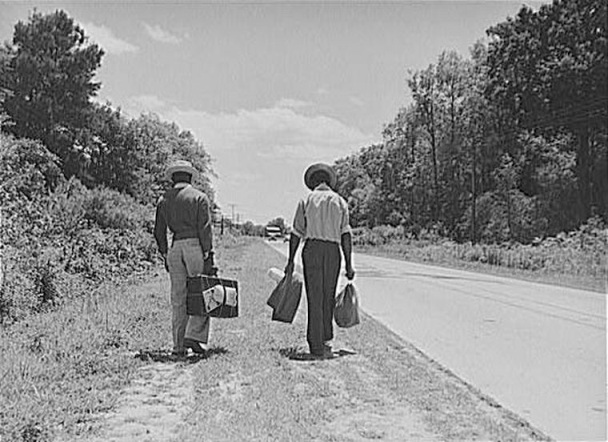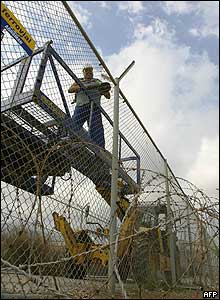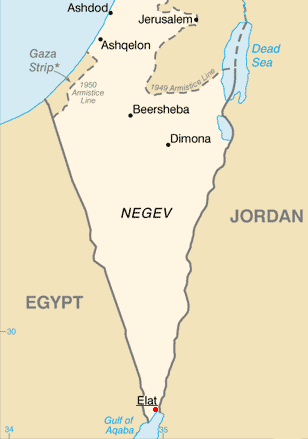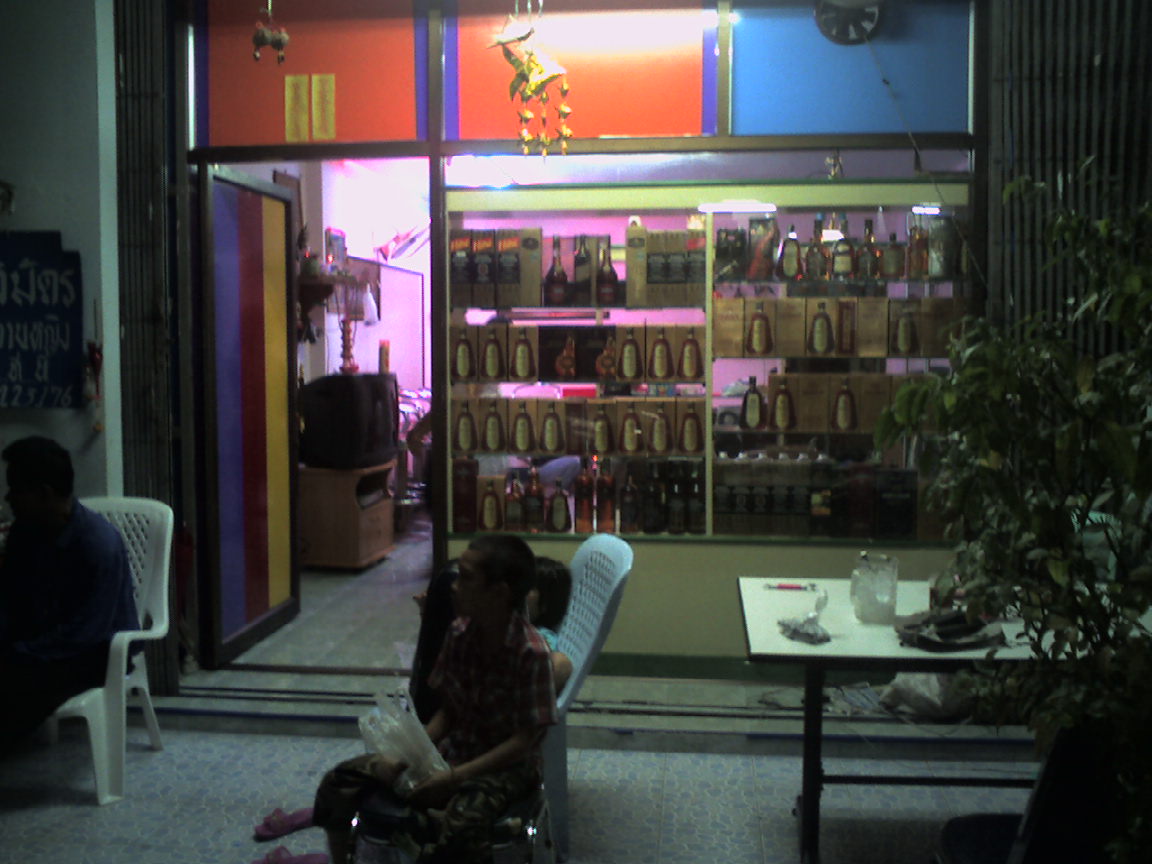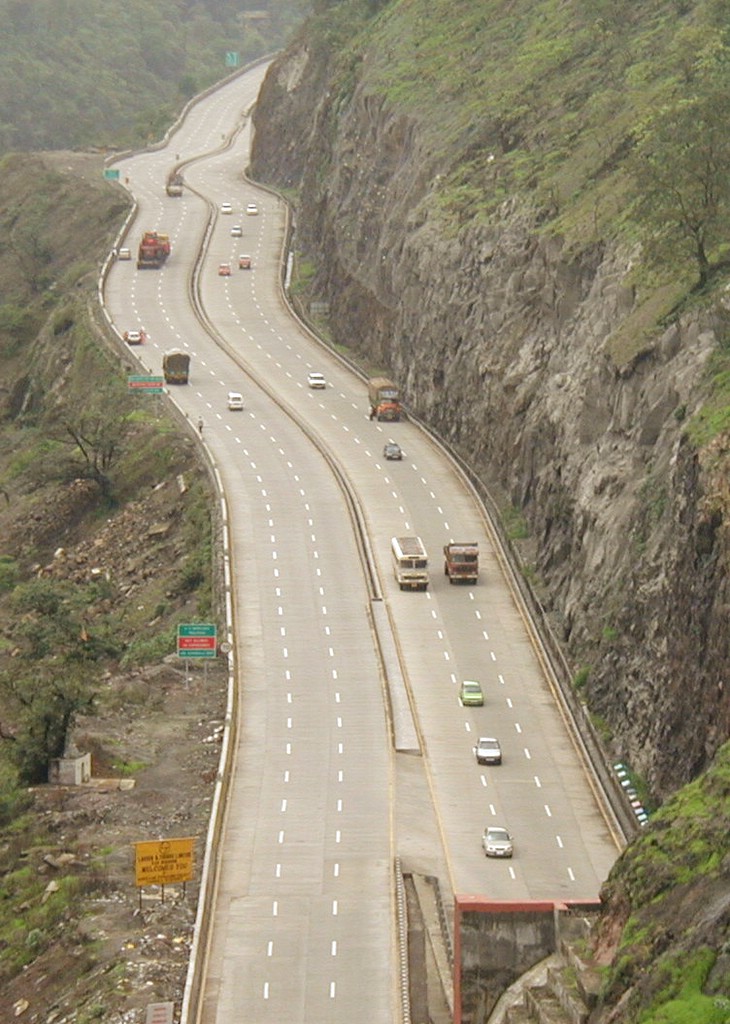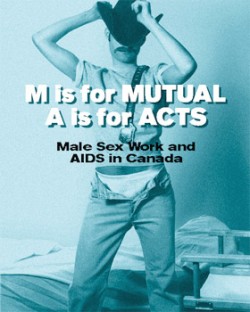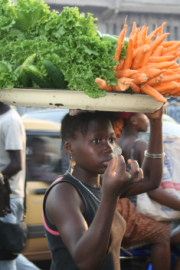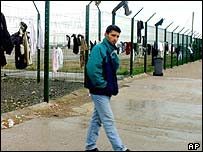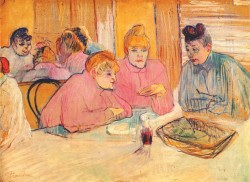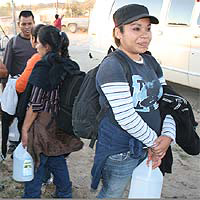 How about this reasonable, common-sense story about sex workers from African countries north of South Africa who plan to travel there for possible commercial opportunities? I am told that travellers from richer continents may feel nervous about going to a blacker, poorer country with a high rate of hiv and a history of a certain kind of violence. But this is a relative view, since travellers from poorer countries with different perceptions of violence and hiv may easily see South Africa as a good place to work. Not to mention that many big cities in richer countries offer high levels of scary violence in certain neighbourhoods, so it’s meaningless to generalise about whole countries or continents.
How about this reasonable, common-sense story about sex workers from African countries north of South Africa who plan to travel there for possible commercial opportunities? I am told that travellers from richer continents may feel nervous about going to a blacker, poorer country with a high rate of hiv and a history of a certain kind of violence. But this is a relative view, since travellers from poorer countries with different perceptions of violence and hiv may easily see South Africa as a good place to work. Not to mention that many big cities in richer countries offer high levels of scary violence in certain neighbourhoods, so it’s meaningless to generalise about whole countries or continents.
The reporter didn’t have to say ‘feverishly’ in the first line, a typical effort to sensationalise a perfectly ordinary activity: travel. Not ‘trafficking’, unless you start worrying about Melvis’s friends in Johannesburg and the truck drivers that will drive Mwale there. Note the Gender Minister’s fear that the workers may get in under the guise of doing something else and then go into sex work.
Malawi: Prostitutes gear up for WC 2010
Mabvuto Kambuwe, AfricaNews, 18 May 2010
Sex workers in Malawi are feverishly saving towards the World Cup 2010 in South Africa. They are not going to support their teams but to warm the beds of soccer fans who want to quench their sexual desires. One said: “I think time has come for African sex workers to make money through the World Cup.”
The global football showpiece has generally become a common ground for prostitutes to rake in millions from thousands of tourists. This reporter spoke with some commercial sex workers in Malawi about their plans ahead of the World Cup.
Melvis, who stays in the commercial city Lilongwe, said she has arranged with a Johannesburg-based friend to pitch camp with her until the tournament is over. She said: “Although South Africa is very far from here, I am prepared to get there before the kickoff. It will be easy for me to stay in South Africa for more than 20 days because I have a friend who stays in Johannesburg and I am expecting to return home with more money to start another business so that my life will improve”.
Her colleague Febbie Mwale said she cannot allow the money making opportunity during the FIFA main event to slip out of her fingers. She said she is hoping to quadruple her average daily income of US$34 (R250) when she lands in South Africa. Mwale said going to South Africa is no big deal for her. She has been there several times with truck drivers who happened to be her clients.
19-year-old Chrisy said: “If I fail to go to South Africa during the World Cup I hope our business will still improve here at home because some of the fans will be coming to Africa for the first time and they will be interested to visit countries like Malawi. I hope this World Cup is going to work to our advantage because I have been interested to have more clients like whites so I believe during this period I may get some.”
Malawian Minister of Gender and Children Development Patricia Kaliati expressed fears that some of these prostitutes would be in South Africa under the pretext of going for genuine business but would later go into prostitution. . .




